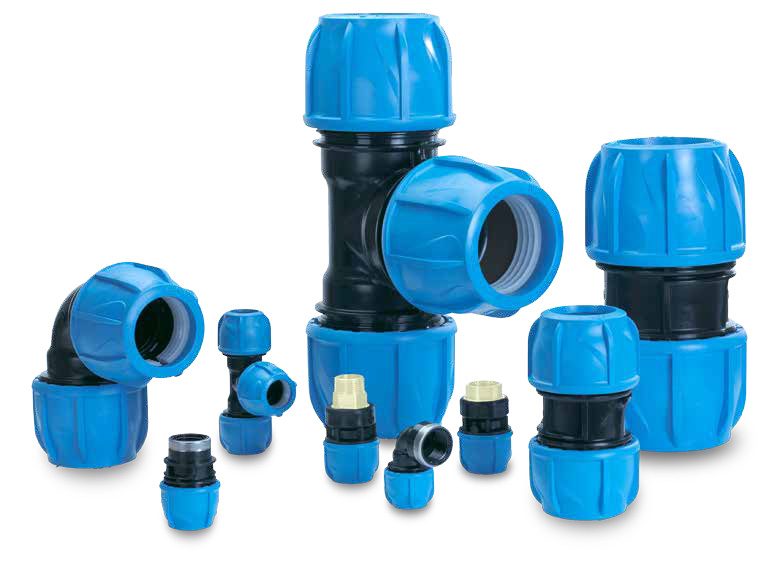Ethical Wildlife Removal: Humane Solutions for Coexistence
Introduction: Encounters with wildlife on residential properties can be both fascinating and challenging. When wildlife…


Introduction:
Encounters with wildlife on residential properties can be both fascinating and challenging. When wildlife presence becomes a concern, humane wildlife removal services offer a compassionate and ethical approach to address the situation. This article delves into the importance of humane wildlife removal and the methods involved in fostering coexistence.
Understanding Humane Wildlife Removal:
Humane wildlife removal prioritizes the well-being of animals and emphasizes non-lethal methods for managing wildlife conflicts. The goal is to provide a safe and ethical resolution that considers the needs of both the animals and the residents.
Assessment and Identification:
The process begins with a thorough assessment to identify the species involved and understand the reasons for their presence. Knowing the habits and behaviors of the wildlife enables wildlife removal experts to develop targeted and humane solutions tailored to each situation.
Exclusion and Prevention Strategies:
Humane wildlife removal services focus on exclusion and prevention as key components. This involves identifying and securing potential entry points to prevent wildlife from entering structures. By addressing the root causes, professionals create a sustainable solution that minimizes the likelihood of future conflicts.
Safe Trapping and Relocation:
When removal is necessary, humane trapping methods are employed. Live traps are designed to capture wildlife without causing harm. Once captured, animals are safely and humanely relocated to suitable habitats where they can thrive without posing risks to human activities.
Rehabilitation for Injured Wildlife:
In cases where wildlife is injured or sick, humane wildlife removal services may collaborate with wildlife rehabilitation centers. Rehabilitation efforts aim to provide necessary care and treatment before releasing the animals back into their natural environment.
Educational Outreach:
Humane wildlife removal services extend beyond physical removal. Educational outreach plays a crucial role in fostering coexistence. Professionals share insights about wildlife behaviors, habitat protection, and proactive measures residents can take to mitigate conflicts.
Legal Compliance and Ethical Practices:
Humane wildlife removal services adhere to legal requirements and ethical practices. Professionals are well-versed in wildlife protection laws and regulations. Ensuring compliance with these standards is integral to providing humane solutions that align with wildlife conservation efforts.
Integrated Pest Management (IPM) Approach:
Incorporating an Integrated Pest Management (IPM) approach, humane wildlife removal services consider the broader ecosystem. This holistic strategy aims to address the underlying factors contributing to wildlife conflicts, promoting a harmonious balance between humans and wildlife.
Community Engagement for Coexistence:
Building a sense of community awareness and responsibility is essential for successful humane wildlife removal. Encouraging residents to adopt coexistence practices, such as securing trash bins and minimizing attractants, contributes to a more wildlife-friendly environment.
Linking to Humane Wildlife Removal Services:
Explore humane wildlife removal services at Humane Wildlife Removal Services. Discover how these services not only address wildlife conflicts with compassion but also promote coexistence and harmony between residents and the natural world. Embrace humane solutions for a balanced and respectful relationship with wildlife.
Conclusion:
Humane wildlife removal services play a vital role in mitigating conflicts between humans and wildlife. By prioritizing compassion, ethical practices, and education, these services contribute to a more harmonious coexistence. Embracing humane approaches ensures that wildlife removal is not just about resolving conflicts but also about fostering respect and understanding for the diverse creatures that share our surroundings.







